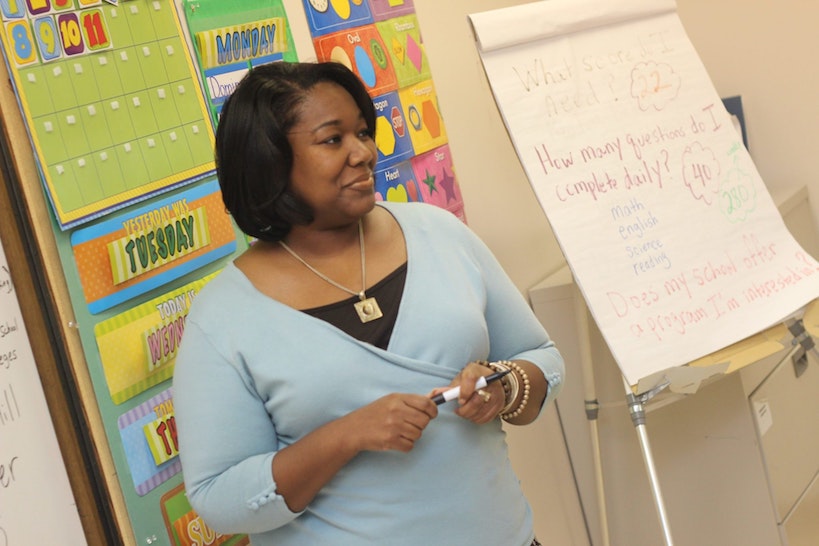It’s at that point in the summer when teachers are checking out sales on school and classroom supplies and finishing professional development sessions in preparation for the new year. Whether you’ve taught for decades in the same grade or classroom or you have moved to a different school or subject area, it can be overwhelming to think about 2019-2020.
Here are three simple ways to make a substantial difference in your classroom climate, maintain your sanity, and ensure student success. Focusing on behavior at the outset of the school year leads to a more productive year for everyone – you, the administration, the students, and their parents.
- Evaluate your expectations for behavior management and adjust, as necessary, for the grade level. Let your students (and parents) know exactly what behaviors are appropriate and which ones are not with a clear set of guidelines that you can discuss with them. This allows each family to be invested in the process, and explicitly defines right and wrong and what happens when rules are broken.
- Emphasize relationships with your students. This is one of the best behavior management tools you can utilize. When students realize that you really care about them, they are more eager to learn and cooperate. Get to know your students on a personal level, what interests them, and their past school experiences. On the flip side, let students and parents know more about you, too. In addition, start building a favorable relationship with parents from the first day of school so that you have a connection before problems have a chance to develop.
- Establish classroom procedures that support your efforts for behavior management and prevent off-task behavior before it begins. Determine exact routines for everything from entering the room to homework to end-of-day actions. Teach the routines to students and emphasize them heavily during the first few weeks of school.
While it does take extra time and effort to launch a composed, positive classroom, you will have a more successful, enjoyable, and productive year.



